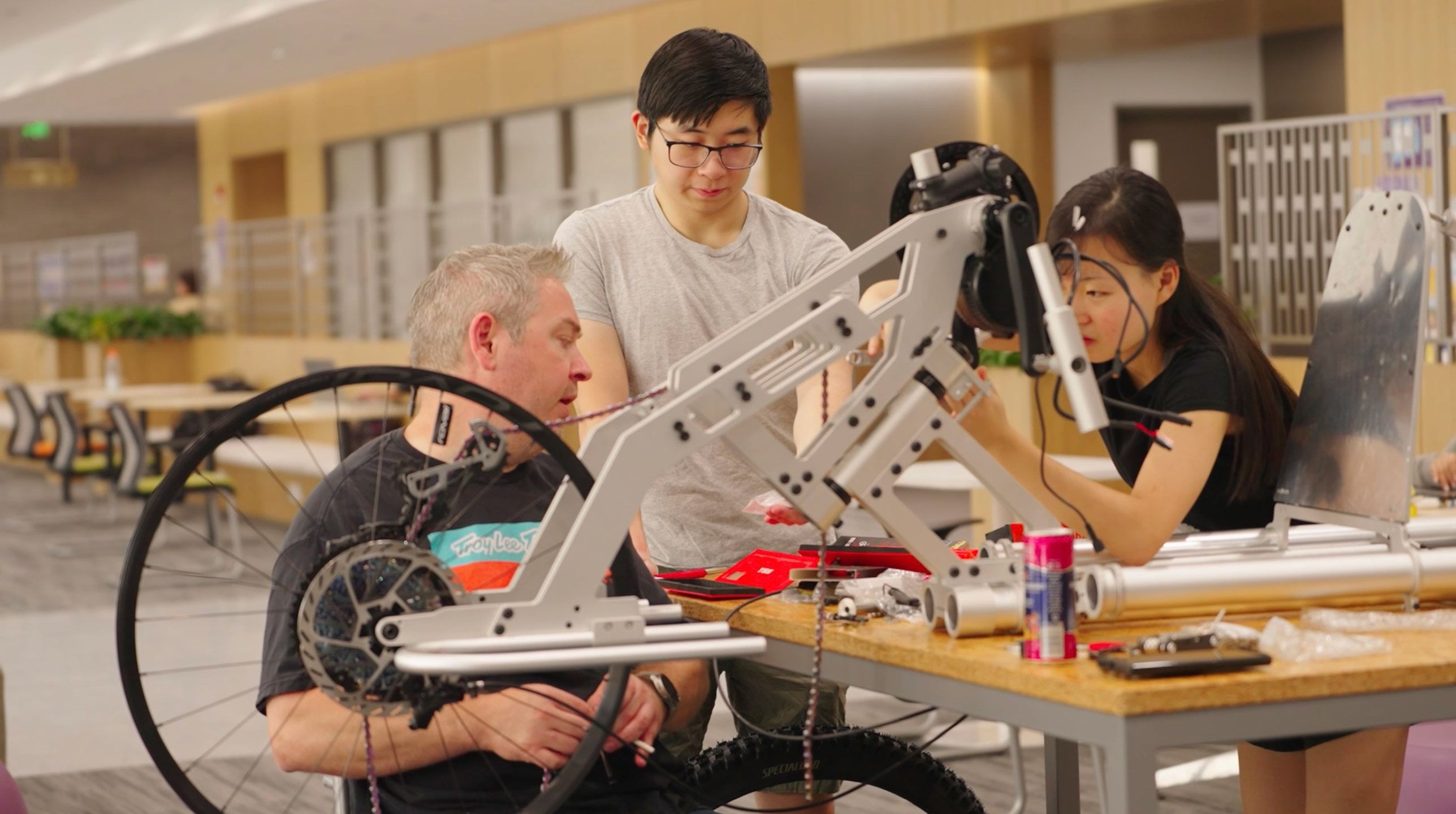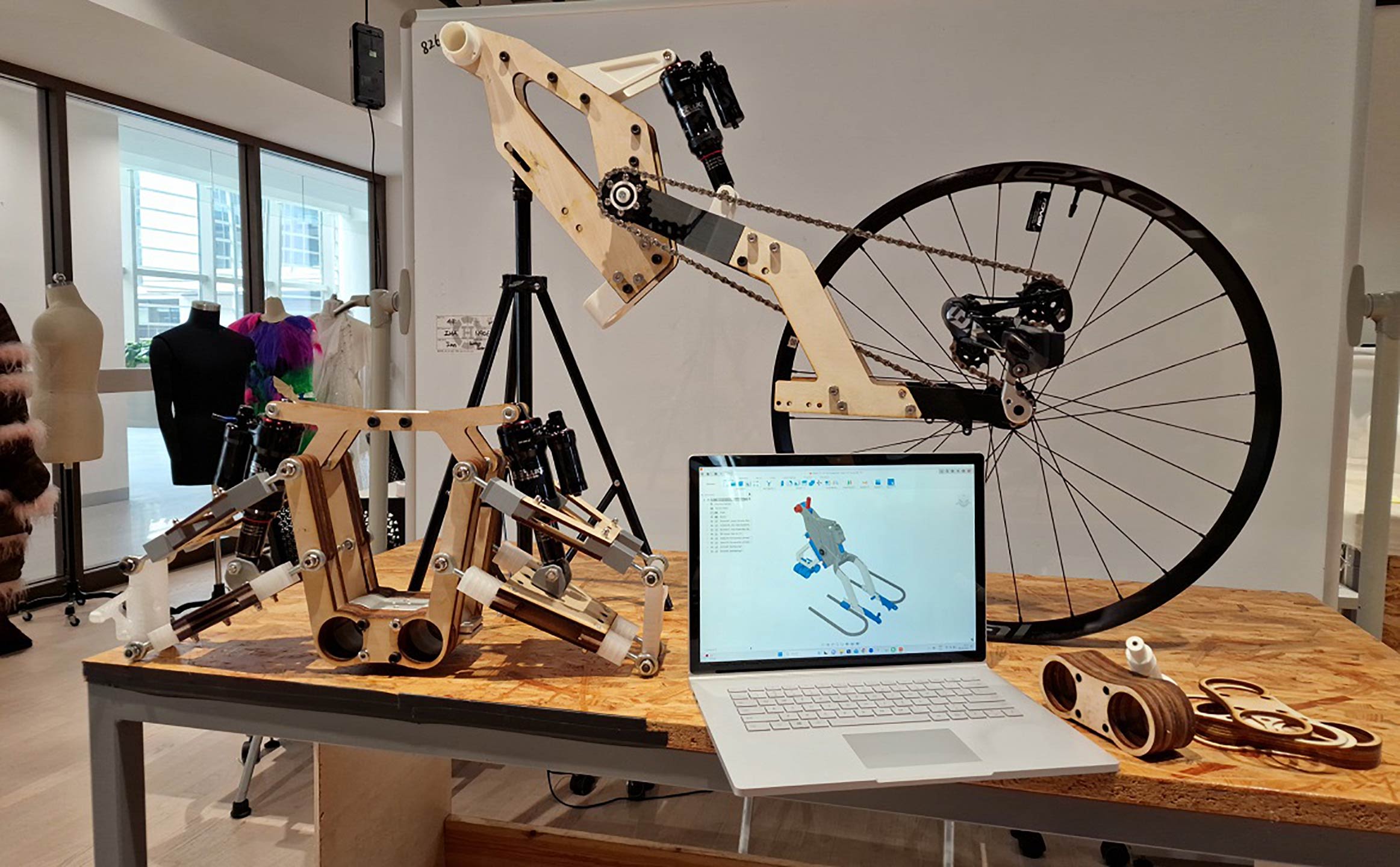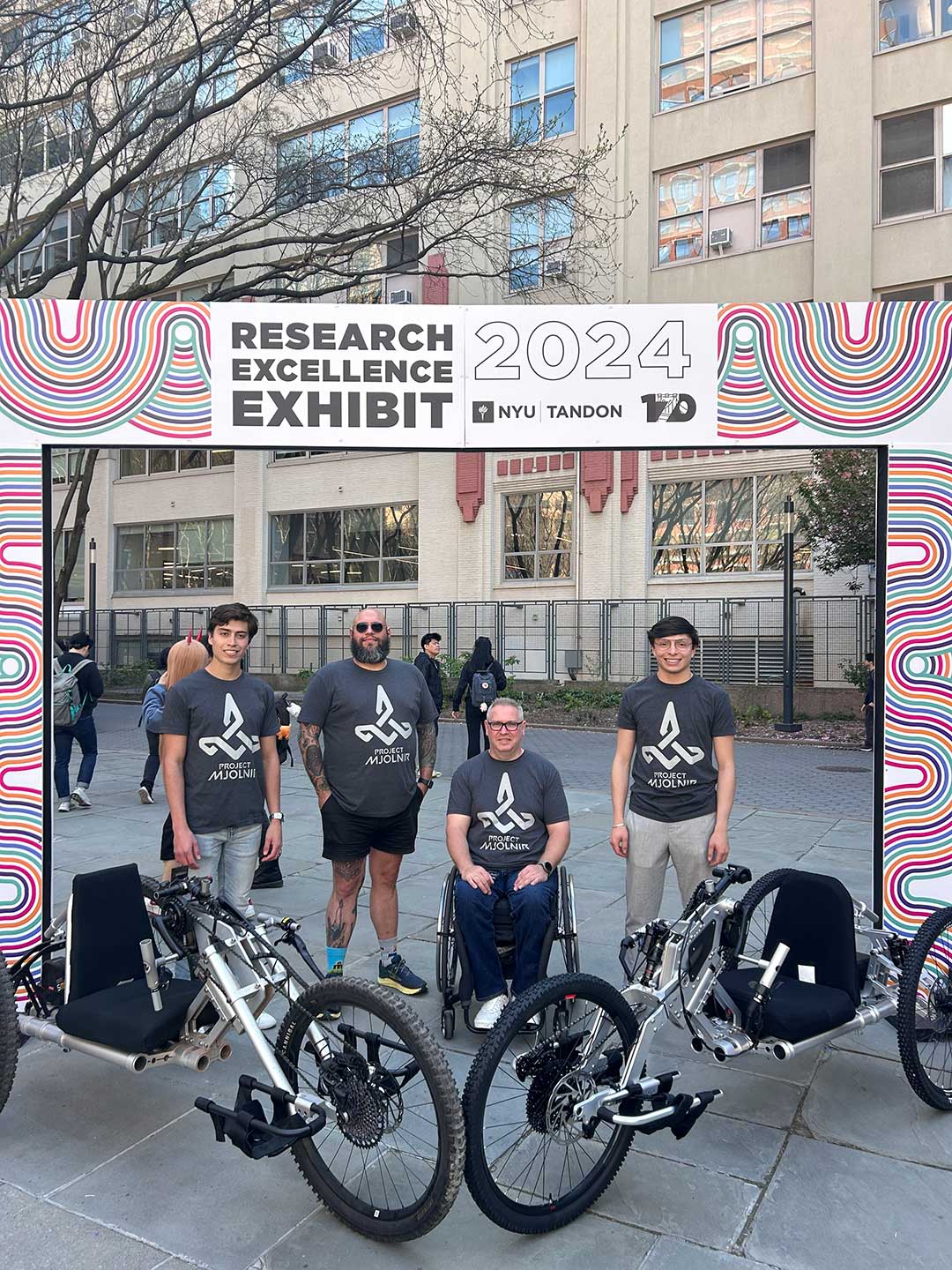Students don’t feel ready for their careers: Skills-based learning is changing that

Despite being hailed as the most tech-savvy generation, some of today’s students are sounding the alarm: they don’t feel ready for life after graduation, and they’re hungry for educational experiences that prepare them today for the jobs of tomorrow. A recent Autodesk survey of over 1,500 U.S. students 1 revealed a startling gap—nearly half of college students say their classes fail to connect to the real world.
Colleges and universities continue to be the gateway to fulfilling careers for many, with two-thirds of high schoolers enrolling in higher education. However, the national college graduation rate progress has plateaued over the past ten years, with the six-year completion rate remaining around 62%.2 Meanwhile, Design and Make industries3—which employ 300 million people globally4 and are set to be worth $30 trillion by 20275—are grappling with a significant skills gap. Autodesk’s annual State of Design and Make report found that nearly half of professionals in these industries cite a lack of skilled talent as a major barrier to their company’s growth.
Clearly, something needs to change, and the answer might be more simplistic than we think. Today, the classroom needs to emulate the workplace – allowing students to actively apply their skills to real-world, high-impact work – all in service of helping them land jobs and onboard faster.
Putting Skills-Based Learning to Action
At NYU’s Tandon School of Engineering, one professor has turned what began as a passion project into a worldwide, cross-campus initiative to use the latest Design and Make technology to address a real challenge for people with physical disabilities.
After a tragic mountain biking accident left him paralyzed from the chest down, NYU Shanghai Professor Noel Joyce left his military career to pursue industrial design and began teaching at NYU. It was here where he would rekindle his passion for biking again. In 2022, Noel started Project Mjolnir, an open-source adaptive mountain bike project created for wheelchair users. Noel used Autodesk Fusion to create a geometric design that could be built with customizable components to suit a rider's specific needs. Suddenly, people who otherwise would be unable to bike ride found themselves cycling trails, being more active, and building a community.
With nearly 80% of students ripe for project-based learning1, Noel’s project quickly took off across the NYU network. Noel brought Project Mjolnir into the educational ecosystem, making it a part of the Vertically Integrated Projects (VIP) program at the NYU Tandon School of Engineering.
"Evolving the curriculum to give students the experiences they need to be prepared for the workplace is essential to the adaptive learning environment we are cultivating at NYU Tandon. The rapidly-growing Vertically Integrated Projects program, and Project Mjolnir in particular, is a shining example of how academia is responding to both students and industry," said Eray Aydil, Senior Vice Dean at NYU Tandon School of Engineering. "Partnering with Autodesk is a perfect way for our students to use the latest technology to hone their skills and be as prepared as possible for the jobs of tomorrow while also making a difference."
Students from across disciplines are joining Noel’s program to gain the real-world learning they’re craving. Noel credits the versatility of Autodesk Fusion and the open-source nature of the project for his ability to engage a diverse body of students. Engineering students are learning how to use Autodesk Fusion at the industry-grade level to continue iterating and improving the bike’s design. Meanwhile, computer science students are attaching sensors to the bike to better understand its functioning. Project management and arts students are also participating – respectively learning how to track the intricate process of prototyping, production, and delivery.
“Project Mjolnir proves technology can help us be our most empathetic selves,” said NYU Shanghai Professor Noel Joyce. “By creating open-source designs like this, we’re giving students around the world the chance to innovate and improve a product that can change the world. My hope is that a project like this not only gives students a practical way to use technology; it can also give students the confidence they need to work in fields like engineering and product design as soon as they leave campus. When we prioritize real-world experiences like this as educators, we’re giving students permission to let their analytical skills and their creativity work together."


Ready Students for Jobs in Design and Make
The next generation of Design and Make leaders will be tasked with building a more sustainable world. Every stakeholder – from industry to academia to government – must prepare students for this work, with technology at the foundation of making it possible.
It’s going to take more than the right tech training to get students ready; we must also help them apply these skills to solve real-world problems and open the space to be their most creative.
Here are three ways to successfully incorporate skills-based learning in the classroom:
- Balance technical expertise with societal impact. When implementing a skills-based curriculum, consider a problem in the world that students can help address while learning skills. Better yet, choose a problem you’re passionate about that has an open-ended solution. This allows space for students to pursue unique ideas and build solutions that have never been realized before.
- Connect with local businesses or non-profits that may need additional resources and can provide industry context on skills, technical concepts, or projects—giving students insights into the real-world applications of their learning.
- Work with industry leaders who will be doing much of the hiring in the next several years. Autodesk is committed to forging this connection with campuses around the world – offering students and educators with not only the same software that professionals use, for free, but also sharing insights into the current needs and desires of the industries it serves.
1 Autodesk’s Career Readiness Report conducted by third-party analytics firm GlobalData: GlobalData surveyed 1,500 students ages 14 to 23 across high school, university, community college, and vocational/trade school.
2 National Student Clearinghouse Research Center
3 The Design and Make industries are comprised of architecture, engineering, and construction; product design and manufacturing; and media and entertainment.
This custom content is sponsored by Autodesk and developed by Inside Higher Ed's sponsored content team. The editorial staff of Inside Higher Ed had no role in its creation.



